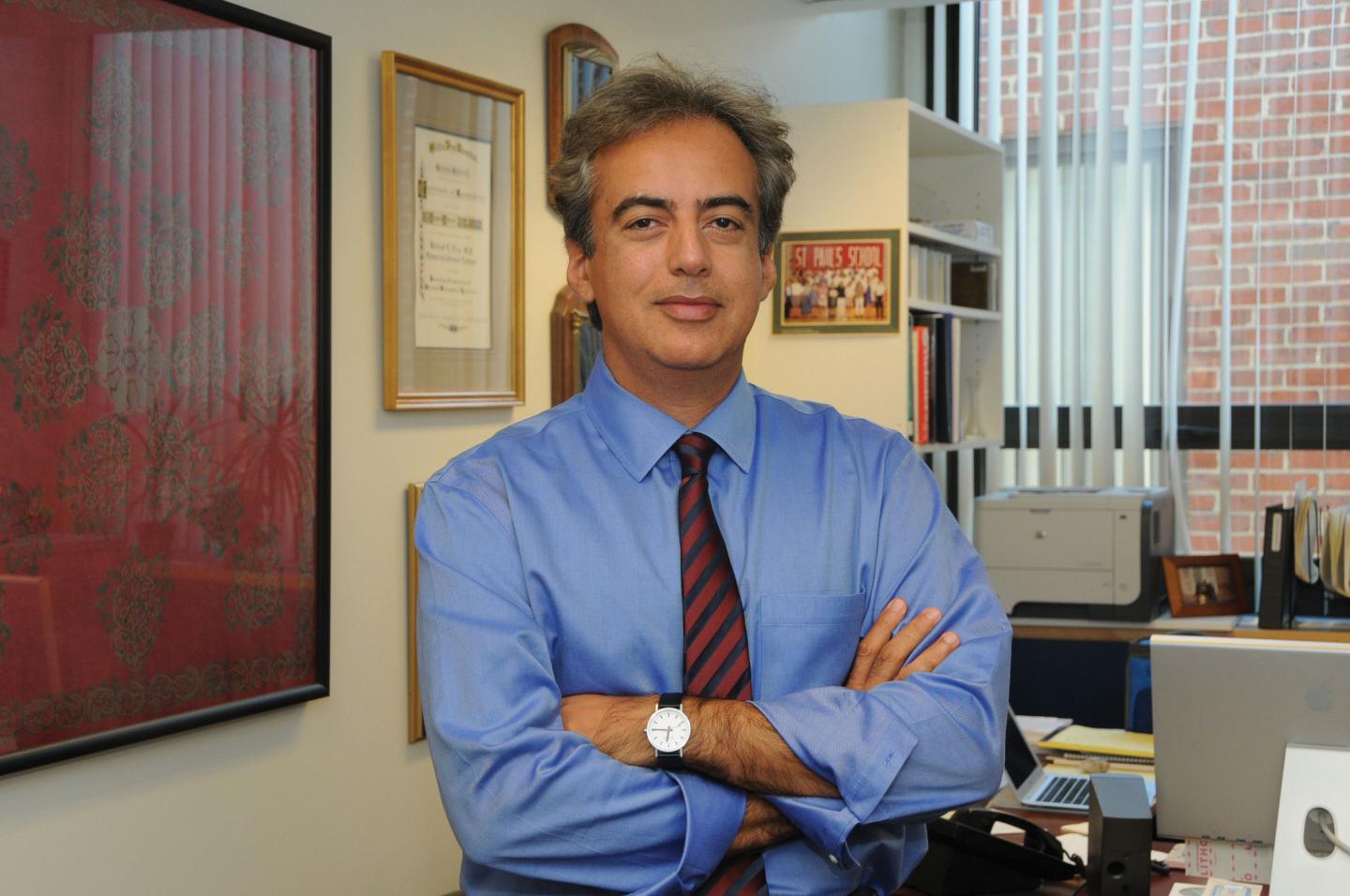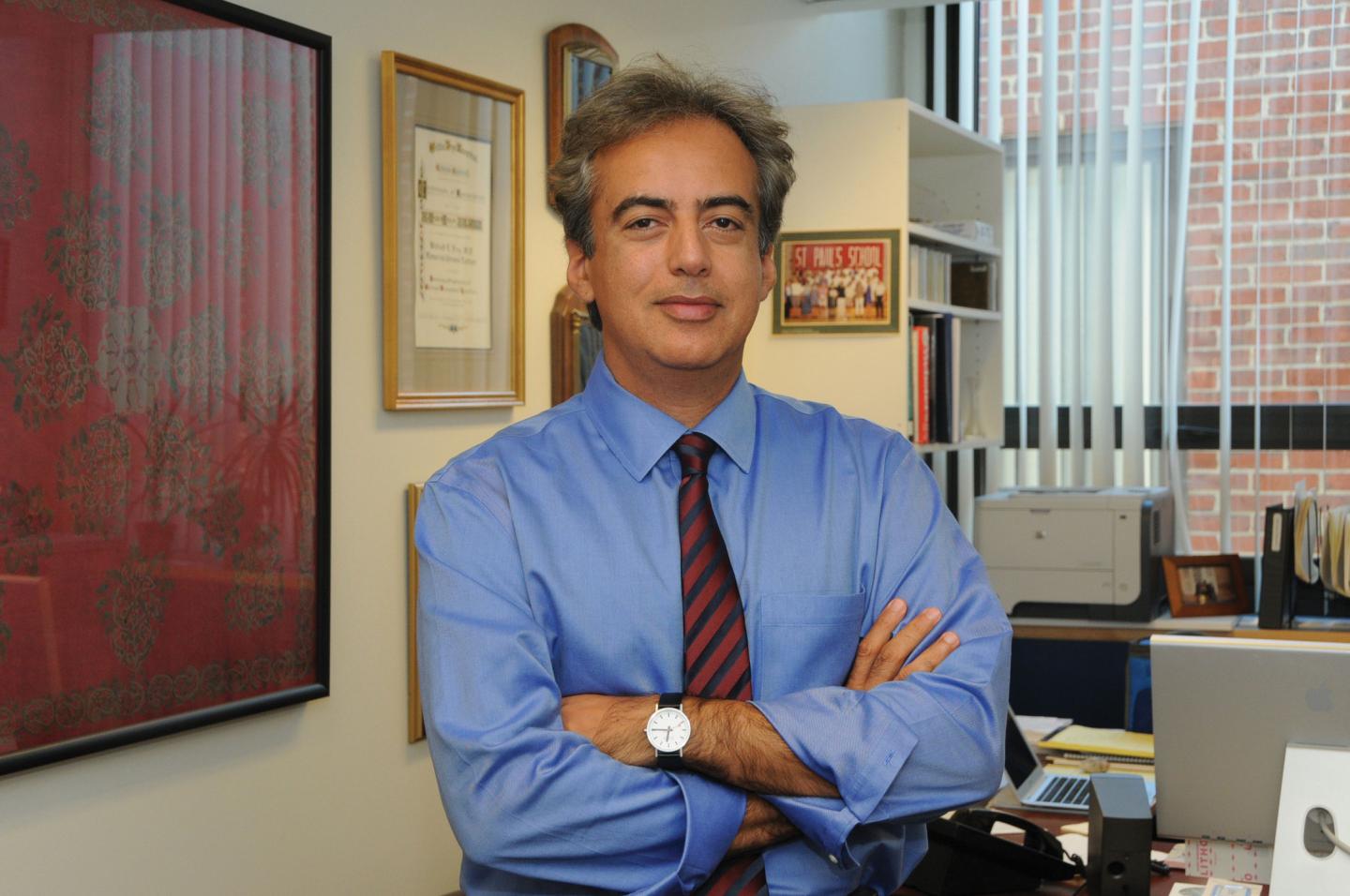
BOSTON – Researchers from Massachusetts Eye and Ear/Harvard Medical School have identified inflammatory factors that cause optic neuropathy in the back of the eye following implantation of a keratoprosthesis (KPro) — similar to what glaucoma patients experience, without the rise of pressure in the eye — and have shown that blocking one of those factors, tumor necrosis factor alpha (TNFa), successfully halts the development of optic nerve damage in a mouse model. Their findings, published online today in Investigative Ophthalmology and Visual Science, shed light on the underlying process responsible for optic neuropathy in KPro patients and also suggest a new pathway for preventing optic nerve damage in patients who receive the KPro implant.
“We used a mouse model of the KPro to, first of all, identify the inflammatory factors that cause damage to the eye, and then we also quantified the amount of nerve cell death in the back of the eye that mediates the optic neuropathy, and, lastly, we looked at blocking these factors with antibodies,” said Reza Dana, M.D., M.Sc., MPH, Director of the Cornea and Refractive Surgery Service at Massachusetts Eye and Ear and the Claes H. Dohlman Professor of Ophthalmology at Harvard Medical School. “We found that the KPro leads to high levels of TNFa, and that by blocking TNFa, we can prevent the nerve damage.”
With more than 1,000 KPro surgeries performed annually, and with new technologies being developed to increase the number of patients who may benefit, the KPro is a clear, plastic artificial cornea often used to replace diseased corneas in patients prone to rejecting biological tissues. The vast majority of KPro recipients report good vision initially, and then later experience a progression of optic neuropathy — damage to the optic nerve that carries signals from the back of the eye to the brain.
To better understand these responses in the eyes of KPro recipients, the researchers studied the effects of keratoprosthesis implantation in an animal model. They found that the mice can develop damage to the optic nerve despite normal pressure in the eye following KPro surgery and identified TNFa and IL-1 as inflammatory factors involved in this process, with high levels of TNFa mediating the damage to the optic nerve. The findings represent the first proof of concept regarding the role of TNFa as a result of keratoprosthesis surgery damaging the optic nerve.
“Now we have a much more mechanistic understanding the mediator behind this clinical presentation,” Dr. Dana said. “Future studies are needed to prove that TNFa blocking can be therapeutic in humans, but in the meantime, this new knowledge clarifies the pathway to cell death of the optic nerve following KPro surgery.”
Authors on the Investigative Ophthalmology and Visual Science paper include last author Reza Dana, M.D., M.Sc., MPH, first author Alja Crnej, M.D., Masahiro Omoto, M.D., Ph.D., Thomas H. Dohlman, M.D., Miguel Gonzalez-Andrades, M.D., Ph.D., Eleftherios I. Paschalis, M.Sc., Ph.D., Andrea Cruzat, M.D., T. H. Khanh Vu, M.D., Marianne Doorenbos, Dong Feng Chen, M.D., Ph.D., and Claes H. Dohlman, M.D., Ph.D., of the Schepens Eye Research Institute of Massachusetts Eye and Ear and Harvard Medical School.
This research study was supported by the Boston-KPro research fund and the National Institute of Health grant R01-EY12963.
About Massachusetts Eye and Ear
Mass. Eye and Ear clinicians and scientists are driven by a mission to find cures for blindness, deafness and diseases of the head and neck. Now united with Schepens Eye Research Institute, Mass. Eye and Ear is the world’s largest vision and hearing research center, developing new treatments and cures through discovery and innovation. Mass. Eye and Ear is a Harvard Medical School teaching hospital and trains future medical leaders in ophthalmology and otolaryngology, through residency as well as clinical and research fellowships. Internationally acclaimed since its founding in 1824, Mass. Eye and Ear employs full-time, board-certified physicians who offer high-quality and affordable specialty care that ranges from the routine to the very complex. U.S. News & World Report’s “Best Hospitals Survey” has consistently ranked the Mass. Eye and Ear Departments of Otolaryngology and Ophthalmology as top in the nation. For more information about life-changing care and research, or to learn how you can help, please visit MassEyeAndEar.org.
About Harvard Medical School Department of Ophthalmology
The Harvard Medical School (HMS) Department of Ophthalmology is one of the leading and largest academic departments of ophthalmology in the nation. More than 350 full-time faculty and trainees work at nine HMS affiliate institutions, including Massachusetts Eye and Ear, Schepens Eye Research Institute of Massachusetts Eye and Ear, Massachusetts General Hospital, Brigham and Women’s Hospital, Boston Children’s Hospital, Beth Israel Deaconess Medical Center, Joslin Diabetes Center/Beetham Eye Institute, Veterans Affairs Boston Healthcare System, VA Maine Healthcare System, and Cambridge Health Alliance. Formally established in 1871, the department has been built upon a strong and rich foundation in medical education, research, and clinical care. Through the years, faculty and alumni have profoundly influenced ophthalmic science, medicine, and literature–helping to transform the field of ophthalmology from a branch of surgery into an independent medical specialty at the forefront of science.
###
Media Contact
Suzanne Day
[email protected]
617-573-3897
@MassEyeAndEar
http://www.meei.harvard.edu
The post Inflammatory factors cause damage to back of eye following keratoprosthesis implantation appeared first on Scienmag.





